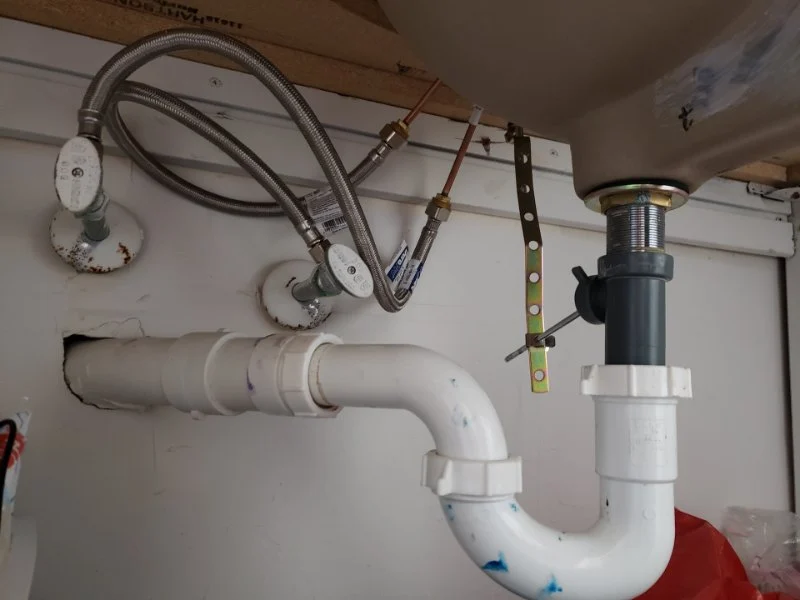
- Understanding the Issue: Sink Drains Faster Than Faucet
- Common Causes of a Sink Draining Faster Than the Faucet
- How to Identify the Problem with Your Sink Drain
- Step-by-Step Guide to Repairing Your Sink Drain
- When to Call a Professional Plumber
Understanding the Issue: Sink Drains Faster Than Faucet
If you’ve noticed that your sink drains faster than your faucet is flowing, you might be wondering what could be causing this seemingly strange issue. Typically, when you turn on the faucet, water should flow into the sink and drain at a rate that matches or slightly exceeds the flow from the faucet. However, when this balance is disrupted, the sink may empty too quickly, and it can lead to various plumbing issues.
This situation can be frustrating, but it’s important to understand the underlying causes before jumping to conclusions or attempting repairs. In most cases, the problem is related to issues in the drainage system or the faucet itself, but the solution depends on a few key factors.
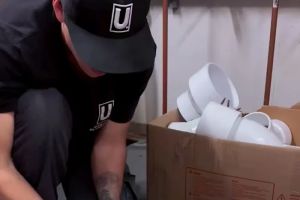
Utility Plumbing Services
Rancho CucamongaSan Bernardino CountyCalifornia
10700 Jersey Blvd #220, Rancho Cucamonga, CA 91730, USA
Common Causes of a Sink Draining Faster Than the Faucet
There are several reasons why your sink may drain faster than the faucet can fill it. Here are the most common culprits:
- Clogged Drain Vent: A vent clog can cause water to drain too quickly because the air pressure inside the drain system isn’t balanced. When the vent is blocked, it creates suction in the system, causing water to drain more rapidly.
- Improper Sink Trap Installation: The trap under the sink (a U-shaped pipe) helps maintain the water level in the drain and prevents sewer gases from entering your home. If it’s improperly installed or damaged, it could affect how the water drains.
- Blocked or Partially Blocked Drain: While a full clog might cause water to drain slowly, a partially blocked drain can result in an imbalance, where water is able to escape too quickly. This can happen due to debris buildup or grease accumulation in the pipes.
- Incorrect Faucet Water Pressure: Sometimes, the problem might lie in the faucet itself. If the faucet is providing a much stronger flow than expected, the water may drain too quickly as a result. This issue is often related to water pressure settings or problems within the faucet valve.
Each of these causes has a specific solution, but understanding which one is affecting your sink can help you target the repair efforts effectively.
How to Identify the Problem with Your Sink Drain
Before you start repairing your sink, it’s important to identify the exact cause of the issue. Here’s how you can narrow down the problem:
- Check for Clogs: Start by checking the sink trap and drain for visible debris. If there’s a buildup of food particles, hair, or grease, this could be the issue. You can use a plunger or a drain snake to clear the blockage.
- Inspect the Drain Vent: The vent is usually located on the roof of your home and might be obstructed by leaves, dirt, or even animal nests. If you suspect a vent blockage, it’s often best to call a professional to inspect and clear the vent safely.
- Evaluate Faucet Flow: If the faucet has a very high flow rate, try adjusting the water pressure. You can also check if the faucet aerator is clean, as a clogged aerator can affect the water flow rate.
- Perform a Water Test: Turn on the faucet and allow water to run for a minute. Then, cover the drain completely and observe how quickly the sink fills up. If the sink fills faster than expected, there may be a problem with the drain vent or the sink trap.
By performing these tests, you can begin to pinpoint the source of the problem and determine the next steps for repairing your sink drainage system.
Step-by-Step Guide to Repairing Your Sink Drain
Once you’ve identified the cause of the issue, you can begin the process of repairing the sink. Here’s a step-by-step guide to help you fix the problem:
- Step 1: Turn off the Water Supply: Before working on your sink, make sure to turn off the water supply to avoid any accidents or flooding. You can usually find the water shutoff valve underneath the sink.
- Step 2: Clean the Sink Trap: Use a bucket to catch any water that may spill out, then loosen the connections on the sink trap. Clean out any debris or buildup in the trap and reassemble it.
- Step 3: Check the Drain Vent: If you suspect that the vent is blocked, you can use a plumbing snake or hose to attempt clearing the blockage. If the vent is on the roof or in an inaccessible area, it’s best to contact a professional plumber to clear the vent safely.
- Step 4: Inspect and Clean the Faucet: Remove the faucet aerator and check for any mineral buildup or debris that may be affecting water flow. Soak the aerator in vinegar for a few hours and scrub it clean before reinstalling it.
- Step 5: Test the Drain: Once you’ve cleaned and reassembled the parts, turn the water supply back on and test the sink’s drainage. Check for any leaks or issues, and observe whether the sink drains at a proper rate.
These steps should resolve the issue of the sink draining faster than the faucet. If the problem persists, it may be time to call in a professional plumber for further inspection.
When to Call a Professional Plumber
While many sink drainage problems can be resolved with a bit of DIY effort, some issues may require the expertise of a professional plumber. Here are some signs that it’s time to call in an expert:
- Persistent Drainage Issues: If you’ve tried clearing the drain and checking the faucet, but the problem persists, there could be a more serious underlying issue, such as damaged pipes or a more complex venting problem.
- Water Leaks: If you notice any leaks while working on your sink, it’s best to consult a plumber, as leaks can cause significant damage over time.
- Inaccessible Drain Vent: If the vent is clogged and located in a hard-to-reach area, such as on the roof, a professional plumber has the necessary tools and experience to safely clear the vent.
A skilled plumber will have the knowledge and tools to diagnose and fix more complex drainage issues, ensuring your sink works properly without further complications.
If you're looking for expert plumbing solutions or quality products for your sink repair, visit [Plumbers Supply Hub] to find the right tools, parts, and professional services to get your plumbing back in top shape!


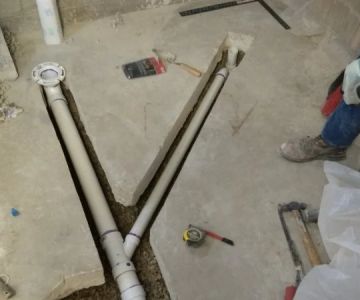





 Oakland Plumbing LLC5.0 (17 reviews)
Oakland Plumbing LLC5.0 (17 reviews)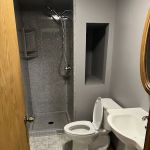 Midwest Plumbing & Service4.0 (7 reviews)
Midwest Plumbing & Service4.0 (7 reviews)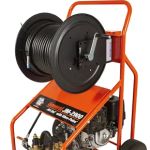 Moberly Plumbing4.0 (117 reviews)
Moberly Plumbing4.0 (117 reviews)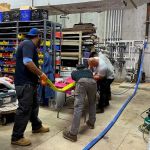 American Trenchless Technologies4.0 (8 reviews)
American Trenchless Technologies4.0 (8 reviews) Tony's Plumbing3.0 (12 reviews)
Tony's Plumbing3.0 (12 reviews)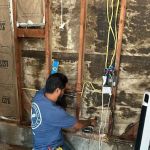 Socal Plumbing Co5.0 (5 reviews)
Socal Plumbing Co5.0 (5 reviews) How to Repair a Hairball Clog Without Harsh Chemicals
How to Repair a Hairball Clog Without Harsh Chemicals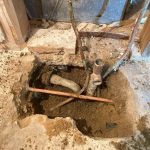 How to Repair a Junction That Is Leaking Under Slab: A Comprehensive Guide
How to Repair a Junction That Is Leaking Under Slab: A Comprehensive Guide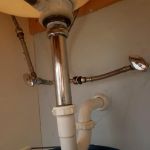 How to Replace a Sink Overflow Tube: A Complete Step-by-Step Guide
How to Replace a Sink Overflow Tube: A Complete Step-by-Step Guide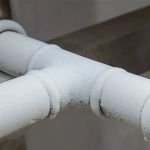 What Causes Frozen Pipes and How You Can Prevent It - Expert Tips
What Causes Frozen Pipes and How You Can Prevent It - Expert Tips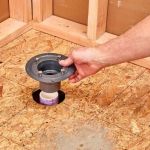 How to Replace a Shower Niche Drain: Step-by-Step Guide for Homeowners
How to Replace a Shower Niche Drain: Step-by-Step Guide for Homeowners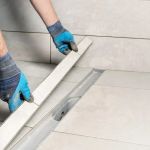 How to Replace an In-Wall Shower Drain: Step-by-Step Guide
How to Replace an In-Wall Shower Drain: Step-by-Step Guide